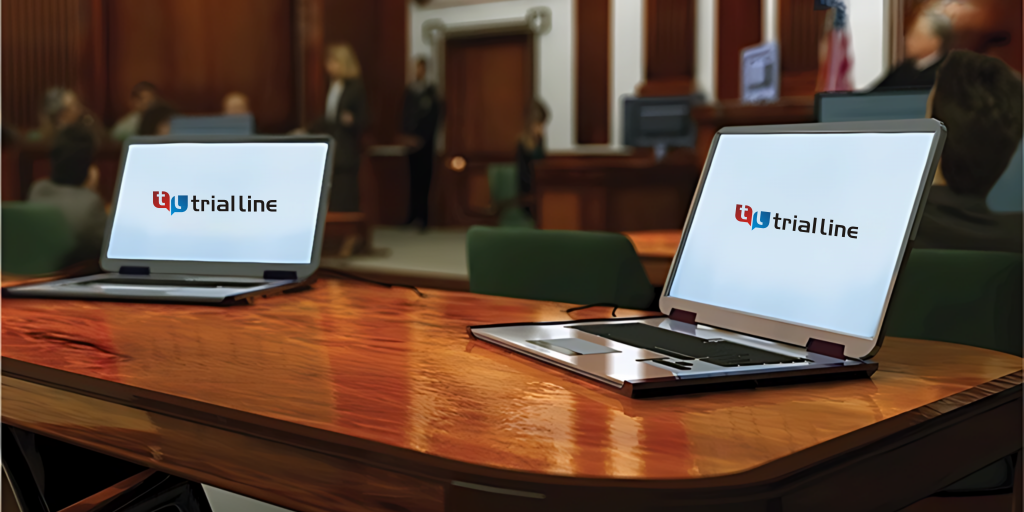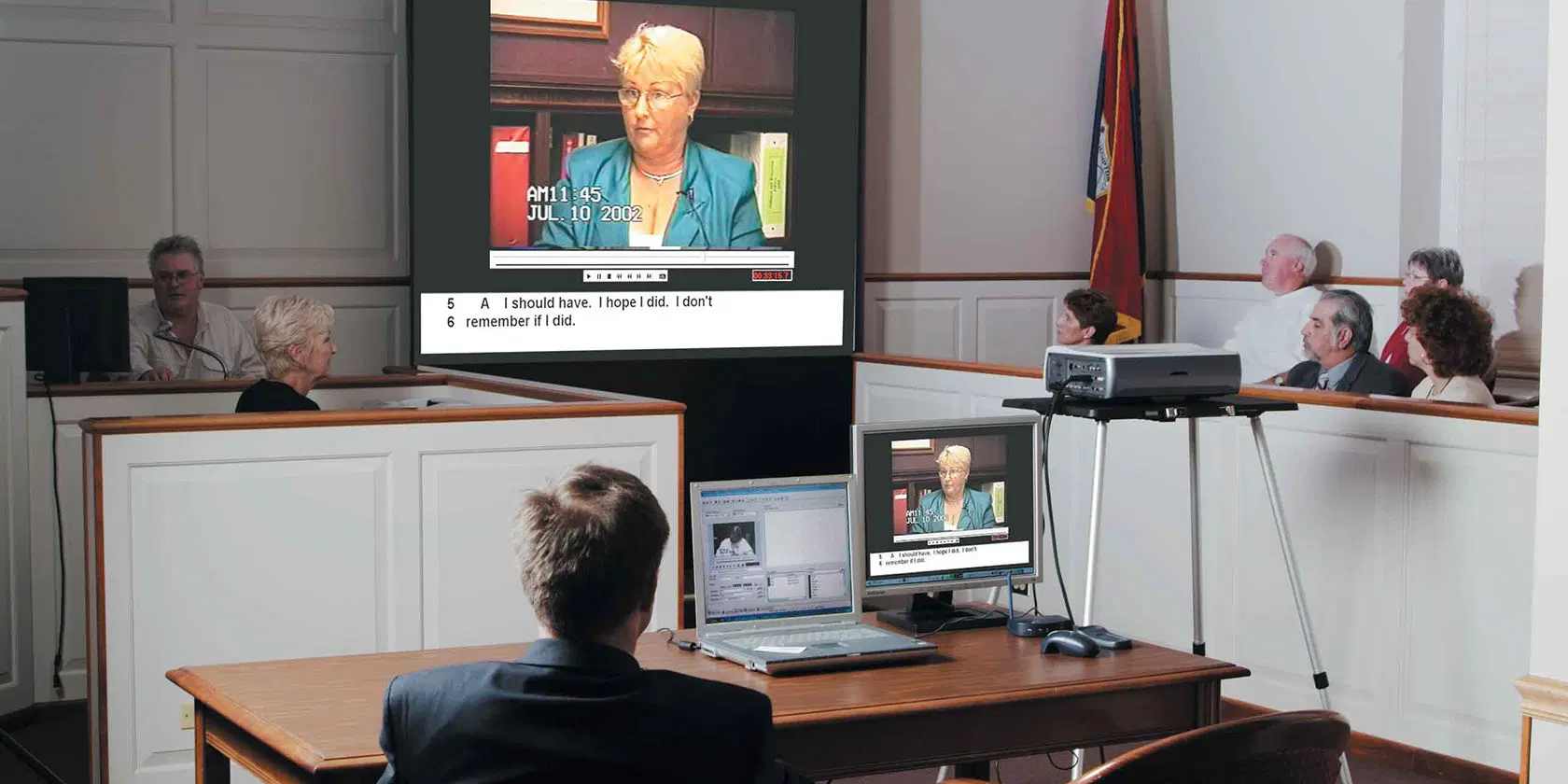Modern trial presentations provide an edge in high-stakes cases.
Modern trial presentations provide an edge in high-stakes cases.
Blog Article
Discover the Value of Test Presentations for Effective Legal Outcomes
In the realm of lawsuits, the performance of trial presentations can often be the crucial element in safeguarding desirable legal results. As we explore the crucial elements of impactful trial presentations, one have to take into consideration exactly how these elements intertwine to influence the final verdict.
Comprehending Trial Presentations
Comprehending trial discussions is important for attorneys looking for to successfully communicate their arguments and evidence to a court. A trial discussion acts as an essential tool in the court, changing complicated legal ideas and case details right into a systematic narrative that jurors can quickly comprehend. Lawful specialists have to identify that jurors are frequently laypeople, not familiar with lawful jargon and procedural complexities. The capability to boil down information into clear and compelling visuals, along with oral debates, considerably boosts the chances of positive results.
Moreover, the structure and delivery of a trial discussion can affect juror assumptions and decision-making. Effective presentations utilize a combination of narration, visuals, and influential techniques to involve jurors and preserve their attention throughout the test. This needs precise preparation and prep work, as each element should align with the instance technique and objectives.
In addition, recognizing the mental aspects of juror actions is vital in crafting an effective trial discussion. Lawyers must take into consideration exactly how jurors interpret information, reply to emotional appeals, and form biases. By addressing these factors, attorneys can produce presentations that reverberate with jurors, ultimately aiding in the pursuit of justice.
Crucial Element of Reliable Discussions
Successful test discussions rest on several crucial aspects that collectively improve their efficiency. Primarily, clearness is important; legal debates should be verbalized in a simple fashion, staying clear of jargon that can perplex the court. Presenters need to structure their disagreements realistically, leading the audience via the narrative in a systematic sequence.

Visual help also play an essential function in effective presentations. Properly designed slides, graphes, and graphics can help distill intricate information and strengthen essential factors, making them more unforgettable. In addition, the use of narration methods can involve the jury mentally, creating a link that goes beyond simple realities.
Another essential element is the presenter's shipment design. Self-confidence, enthusiasm, and suitable body movement can substantially impact just how the message is received. Practicing reliable eye contact and vocal variant keeps the court attentive and purchased the presentation.

Effect On Jury Perception
The influence of test discussions on court perception is extensive, as the method details is conveyed can substantially influence jurors' analyses and decisions. Jurors are entrusted with examining intricate details and making determinations based upon proof offered during the trial. Efficient discussions that utilize clear visuals, compelling narratives, and organized material can improve jurors' understanding and retention of vital realities.
Additionally, the psychological tone and distribution of the presentation play a crucial function in forming jurors' perspectives. Discussions that reverberate psychologically can develop compassion and link, persuading jurors toward the attorney's point of view. Conversely, a badly structured or excessively technical presentation can lead to confusion and disengagement, resulting in negative assumptions of the instance.
In addition, jurors commonly count on non-verbal hints, such as body language and eye contact, which can affect their trust in the presenter - trial presentations. For that reason, attorneys should be acutely knowledgeable about how their presentation design can either enhance or threaten their debates. In summary, well-executed trial discussions are important for leading court understanding and inevitably affecting the end result of lawful procedures
Techniques for Engaging Storytelling
Crafting an engaging narrative is vital for involving storytelling in the court room. An efficient tale ought to reverberate with jurors on an emotional degree while clearly outlining the truths of the instance. Begin by developing a strong main theme that envelops the significance of the argument. This motif acts as a leading thread throughout the discussion, helping jurors make links and retain info.
Making use of character development is critical; humanizing the events entailed permits jurors to empathize with their experiences. Present vital figures early, offering context and background to make them relatable. In addition, utilizing a clear structure-- starting with an engaging intro, complied with by an efficient body, and concluding with an effective resolution-- makes sure the narrative flows realistically and keeps juror interest.
Incorporating brilliant images and detailed language can further enhance the story, producing psychological images that make the realities much more unforgettable. The use of rhetorical concerns can prompt thought and reflection, motivating jurors to actively involve with the story. By employing these approaches, attorneys can create narratives that reverberate deeply, eventually affecting the court's decision-making procedure.
Enhancing Evidence With Aesthetic Aids
While providing proof in a test, the combination of aesthetic aids can significantly boost comprehension and retention amongst jurors. Visual help, such as graphes, graphs, images, and videos, offer to clear up complex details and develop a more engaging narrative. By highlighting key factors, these tools assist jurors to draw links between Learn More evidence and blog the instance's overarching styles.
In addition, visual aids can streamline complex details that might otherwise overwhelm or perplex the court. As an example, a timeline can efficiently display the series of occasions, while a representation can show relationships or communications in between celebrations involved in the situation. This quality cultivates greater understanding and helps with informed consideration.
The critical use of aesthetic aids also use the visual knowing preferences of many jurors, making the here and now evidence more relatable and remarkable. When jurors can visualize truths, they are more probable to keep crucial details, leading to better-informed decisions.
Inevitably, efficient test presentations that include visual help not only reinforce the instance yet also empower jurors to involve proactively in the judicial procedure, assisting in even more fair legal results. In recap, boosting evidence with visual aids is an essential strategy for successful trial discussions.

Verdict
In summary, test presentations offer an important feature in the legal procedure by translating intricate legal arguments right into relatable narratives for juries. Effective presentations, identified by structured narration and aesthetic aids, considerably boost juror understanding and retention of info. By affecting jury assumption, well-crafted presentations eventually add Click This Link to much more favorable lawful outcomes. The critical use these strategies underscores the value of test presentations in the quest of justice and efficient campaigning for within the courtroom.
Report this page